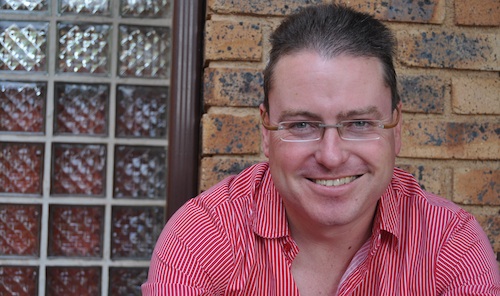
[By Duncan McLeod]
Rustenburg was the scene last weekend of a summit involving technology industry CEOs and communications minister Roy Padayachie. The industry agreed to expand Internet access to all and find ways of creating 1m new jobs in nine years.
At face value, the “compact” reached looks like an important step forward. Distrust has long characterised the relationship between the private sector and the department of communications, though under Padayachie there has been a marked improvement.
But was the summit just more hot air? This industry loves talk shops. There have been so many of them that one can doubt whether this latest event will produce anything meaningful. It’s easy to set targets; it’s much harder to achieve outcomes that will benefit the country, especially when billions of rand in investment will be needed from companies that require policy and regulatory certainty.
It appears, though, that last weekend’s meeting may have been different from past events. First of all, it wasn’t a broad industry colloquium with thousands of people all jostling to have their voices heard. Rather, it was a select group of the leaders of perhaps two dozen of SA’s largest technology companies debating intensively about the opportunities and challenges facing the industry.
Secondly, in Padayachie the industry finally has a minister who appears genuinely interested in engaging it rather than dictating policy. He seems to have a greater trust in the ability of competitive industry forces to deliver services to everyone. This is in stark contrast to former minister Ivy Matsepe-Casaburri, who preferred to rely on dysfunctional state-owned enterprises to try (unsuccessfully) to achieve her policy objectives.
Padayachie has promised to keep up the momentum, with another half-day session pencilled in for September and breakaway groups set to discuss specific issues.
Given the demonstrable economic benefits of delivering Internet access — and broadband in particular — to as many people as possible, it’s encouraging that the summit focused attention on expanding access to all.
For now, this summit was just talk. However, if a concrete plan, with defined targets, can be drawn up, then it could achieve a great deal of good. What’s needed are deadlines, established within the next few months and according to which key objectives must be met, especially by government.
The department of communications and the industry regulator, the Independent Communications Authority of SA, must state more clearly how and when they will deal with crucial issues.
For example, the auctioning of spectrum in the 2,6GHz and 3,5GHz bands, both of which are important for delivering broadband in urban areas, has already dragged on far too long. There’s still no indication of when this auction will happen or how it will work, which creates uncertainty.
There also needs to be greater clarity on what the important 800MHz band will be used for when the country’s television broadcasters switch off their analogue signals.
Here, government needs to provide policy direction and set and stick to deadlines for making the spectrum available; it is ideal for providing broadband to rural areas.
Government must also make it much easier for operators to bring fibre cables to homes and businesses. Wireless will never be a substitute for high-speed fibre lines and SA ought to find ways of making it simpler for investors to construct this infrastructure. Barriers to entry are far too high, with disparate regulatory requirements making it a logistical nightmare to do this work.
It’s good news that Padayachie is engaging the industry and listening actively to concerns. But action must follow words.
- Duncan McLeod is editor of TechCentral; this column is also published in Financial Mail
- Subscribe to our free daily newsletter
- Follow us on Twitter or on Facebook




